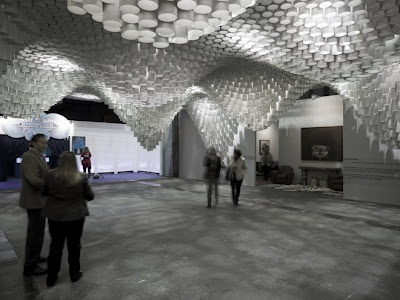Ezequiel Galasso
Ezequiel Galasso is an Argentine industrial designer and luthier who designs electric guitars. He collaborated with professional skateboarder Gianfranco de Gennaro Gilmour to create his newest line of guitars. Each guitar in this collection is made out of the wood of old skateboard decks (the deck is the actual board itself). Both the body and neck of the guitars use the layered maple that comes from the decks. For the guitar features, buyers can choose from guitars with single volume knobs, whammy bars, and humbucking pickups. The boards are handmade in Galasso's workshop located in Buenos Aires. Below are a few of his "skate guitars."
Front view of the guitars
Posterior view of the guitar
Guitar neck detail
Source:




















